Roadphone NRB
Systems & Repeaters
Increase your capacity and control with a Tier II or Tier III system from Roadphone NRB. With dynamic channel management and advanced features these systems are perfect for those looking to run large events.
By speaking to our specialists, we can walk you through the decision of putting a radio system in place, we will work with you to ensure that the radio system will give you the coverage you need as well as the functionally you want.
Whether it’s a Motorola Capacity Plus/Hytera XPT tier II solution or the more complex Tier III Motorola Capacity Max/Hytera DMR Tier III. You can be rest assured by talking to Roadphone NRB you’re working with the industry specialists.
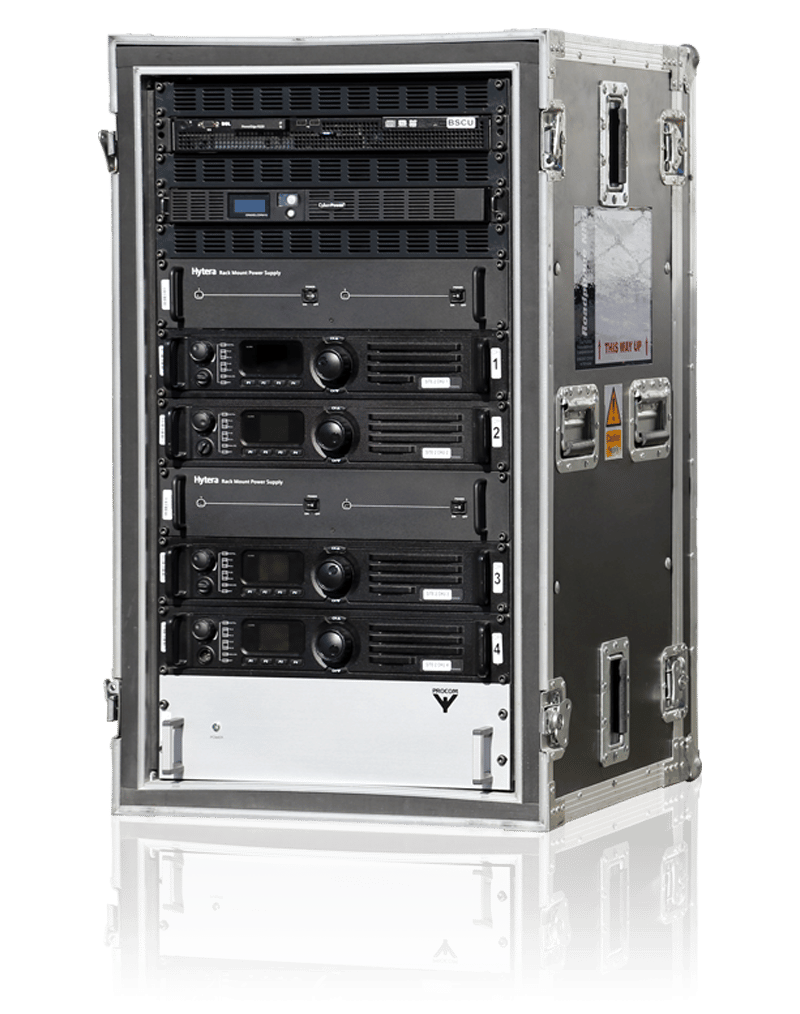
What is a Radio System?
A radio system allows you to increase coverage across your site, a single repeater or combination of repeaters can be used to amplify the radio signal. Radio system come in conventional or trunked modes, in a Conventional radio system channels are bound to particular slots where as a trunked radio system dynamically assigns the call to an available slot. Trunking allows you to increase channel capacity whilst keeping repeater costs down, you could theoretically have near unlimited channels, as long as there is a free slot. With a Tier III trunk radio system, you can have access to some advanced features such as an All Call, dialling specific radios, text messaging and GPS tracking. You are also able to link multiple sites; hand portables will roam between the different sites thus increasing the coverage area.








| Tier II | Tier III | |
| Group Calling | ||
| Individual Calling | LIMITED | |
| Emergency Calling | LIMITED | |
| Priority Interupt | ||
| GPS (Real Time) | LIMITED | |
| Text Messaging | LIMITED | |
| Remote Kill | ||
| System Managment | LIMITED | |
| UHF & VHF | ||
| Call Queuing | ||
| Call Level Priority | ||
| Over-Air Programming | ||
| Multi-Site | ||
| Battery Back-up |

Coverage
Critical radio communication systems are different from commercial wireless networks because they must work in the most challenging of times.
Their professional design will provide bespoke coverage where and when required. Coverage is achieved by careful surveying of the required operational area, antenna system design is critical to provide coverage outside/inside of buildings and even below ground, to deliver exacting signal strength with sufficient margin to accommodate the unexpected. Careful consideration to a balanced RF budget is required for correct system operation. This is critical to the performance of the radio communication system and is often overlooked and not fully appreciated, a situation that could prove costly to rectify at a later stage.
Our engineers will need to look at many factors, including though not restricted to, terrain, obstacles, building fabric, distance, frequency band, height and power, they will need to adhere to the license arrangements. A link budget will need to be established for both the Uplink and Downlink with sufficient margin to accommodate the unexpected as well as future developments.
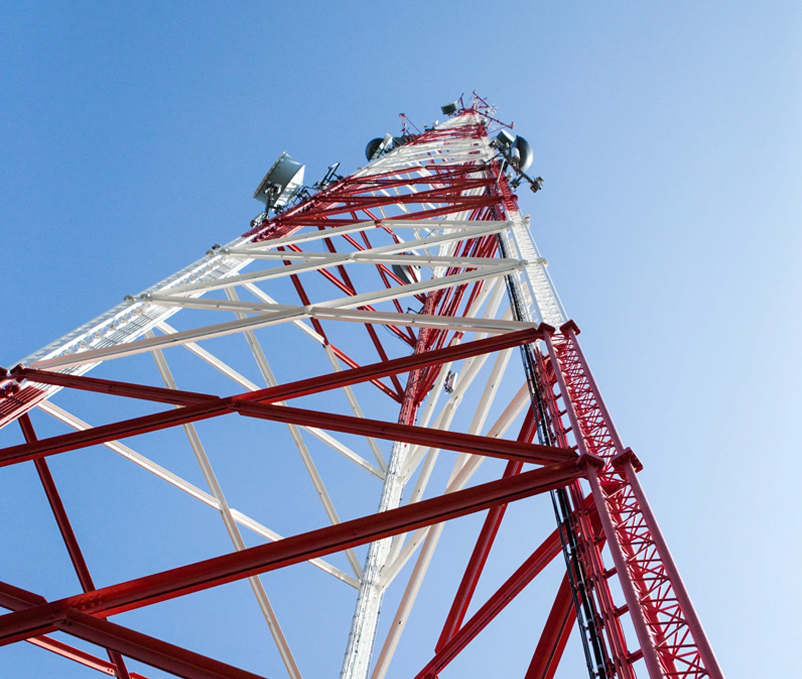
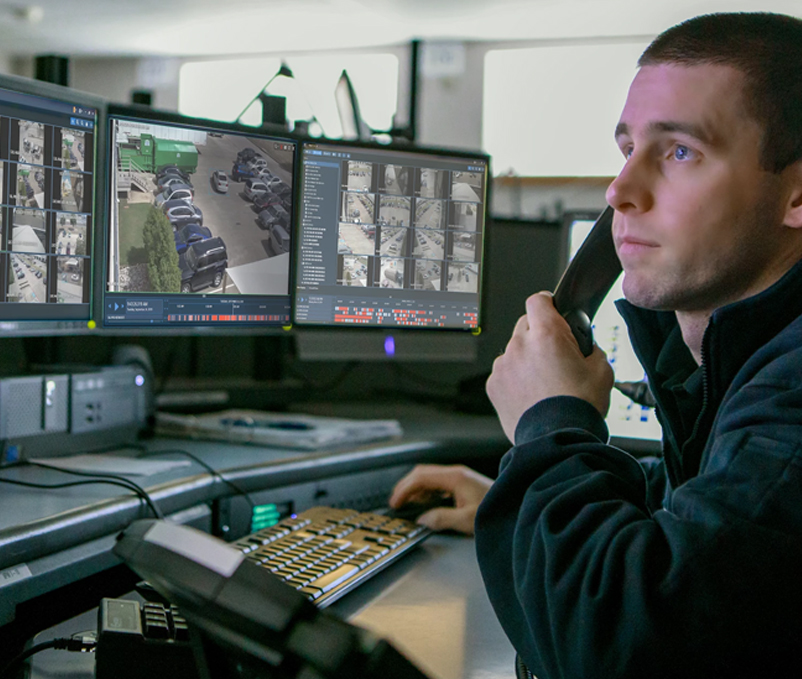
Control
The benefits of owning your communications system are hard to ignore, above all else, private, critical DMR communications deliver control over who can access the system and who can’t.
Denying access to radios that have been lost or stolen, knowing what system changes need to be made and when, plus the status of all users are key elements of control. Being able to define call prioritization and pre-programmed interoperability or options to manage and mitigate security-related risks are essential. Commercial networks don’t offer the same security guarantees. Having proactive network management provides streamlined network health monitoring service & support which identifies and resolves network issues before they have any impact to the system, enhancing network availability and user safety.
The ability to retrieve system logs, voice recordings and data logs at will, are elements of control that are not available via any other means and features that are often overlooked for the importance or relevance.
The ability to eaves drop or remotely monitor a hand portable are control measures that come into their own in times of adversity and when the physical wellbeing of staff and or visitors is a priority and is certainly not available through other communication means.
Capacity
Critical infrastructure networks must be inherently reliable and resilient, radio systems have back-ups to pre-empt failures of critical components. They are capable of withstanding multiple failures in its core before functionality is noticeably affected.
Levels of redundancy can be built into hardware and software components designed to maintain continuity of voice and data services, a capability not even possible with standard non-resilient DMR systems or commercial wireless networks.
DMR communication systems have scalability which provides bespoke expansion of voice and data path capacity allowing the infrastructure to grow with your expanding requirements without restricting your ability to communicate. In the unlikely event of site failures, trunked systems fall back to local site trunking, even then in the very unlikely event communications can fall back even further with radios in “talk around mode” (direct mode operation) so limited levels of local communications are still possible.
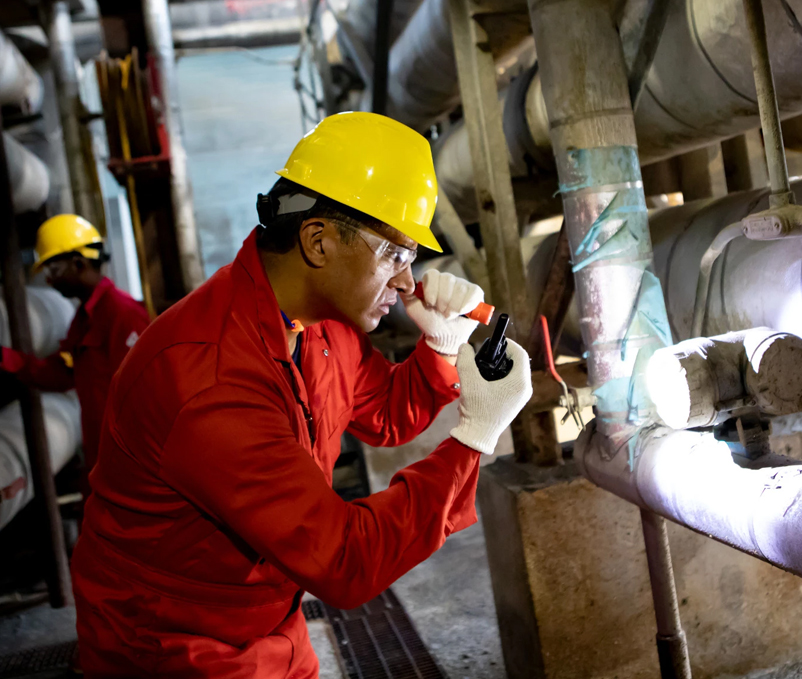
Features
Some of the features available through Roadphone NRB when designing a bespoke system to fit your needs and application perfectly (some features may only be available in selected configurations)

GPS Location Tracking
Better respond to chalanges with up-to-date location information.
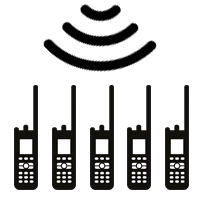
Remote Fleet Control
Make Changes to radios in your fleet wihtout having to leave the control room.

Voice Announcements
Make voice announcements from the control room, to groups or individuals.

Text Messaging
Use text messaging when discretion is required or routine communication needs to be delivered.

Job Ticketing
Create, assign and track job tickets through the radio network.
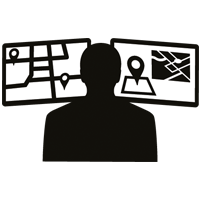
Alarms & Lone Worker
Messages at specific time intervals to confirm workers wellbeing, managers are reassured that their employees are safe.

Event Logs
Detailed event logging on the system which can be reviewed by approved users.

Telemetry
Connects to alarm sources and sends text messages via the raido network if a threshold level is reached.

SIP Interconnect
Connect your radio system to a SIP based phone system allowing you to make direct calls to desk phones.

Building Managment Systems
Connect to a BMS to get instant configurable alerts through the radio system.
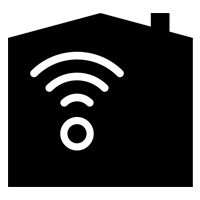
Indoors Location Tracking
GPS Signal drops indoors, a separate indoor tracking system can located users instantly.

Voice Recording
Optionally record logs of all voice tramsmissions made on your radio system.

IP Multi-Site Connect
Connect multiple sites over an IP connection allowing for voice and data transmissions between the sites.

System Monitoring
Advanced system health monitoring including the status of your equipment.

RF Coverage Map
Automatically generate RF heat maps for your site using data automatcially pulled from handportables

AES Encryption
16-bit Basic Privacy, 40-bit Enhanced Privacy or 256-bit AES256 encryption
Require Advice, Or Want To Book A Demo?
For more information speak to one of our product specialists today...
Reach us on...
Hire: 01778 393938 Sales: 01778 421250
Alternativley by completing the form below, one of our product specialists will contact you as soon as possible

